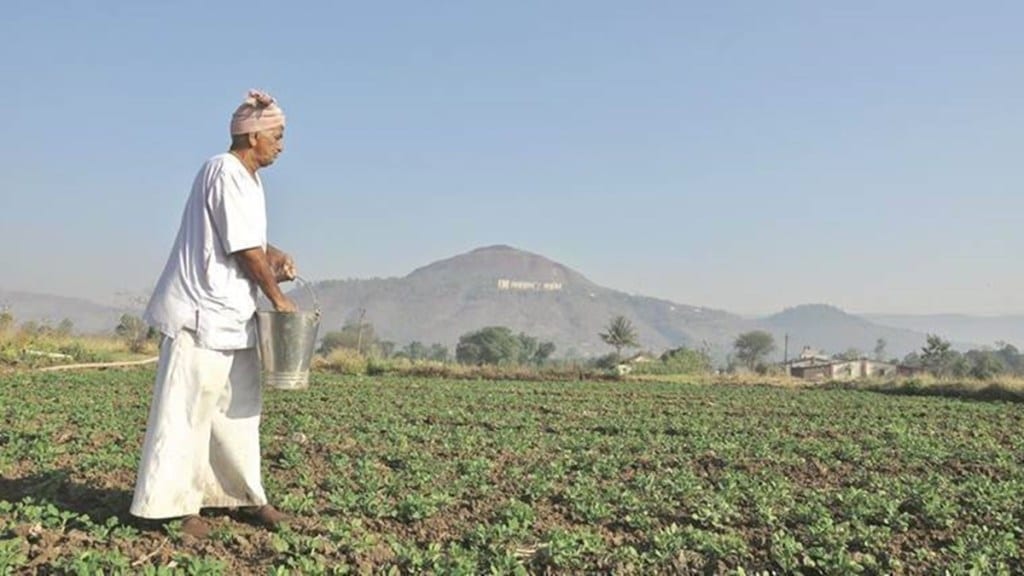The farmers’ income on an average may increase by around 70% nationally in seven years through June 2023, falling short of the target of doubling their income during the period, even though some states including Andhra Pradesh and Madhya Pradesh may achieve the goal fully.
“At the national level, one of the reasons for not achieving the target will be the non-implementation of farm reforms such as model Agriculture Produce Marketing (Regulation) Act, Livestock Marketing Act and Land Leasing Act,” Niti Aayog member Ramesh Chand told FE. Due to prolonged protests, the Centre also had to roll back three new Central government acts for farm sector reforms.
Implementation of these reforms could have elevated the trend income of farmers by another 21% from the baseline trend, he said.
Also read: Home buyers can seek GST refunds if contract cancelled
“While the exact achievement of doubling farmer’s income will be known by August-September next year, in some states, the target will either be achieved or very close to the target,” he said. Telangana, Tripura and Mizoram’s achievement will be close to the target. The realisation by farmers for their produce is likely to be better in 2022-23 due to elevated inflation.
According to the doubling farmers’ income (DFI) roadmap, an average farmer’s agri-based income was to double from Rs 58,246 in 2015-16 prices to Rs 1,16,165 (constant prices) by the 2022-23 agriculture year ending June 2023.
Including non-farm income, the average annual income of the farmer at the national level in 2015-16 was taken as Rs 96,703 by extrapolating the 2012-13 NSSO estimates. The targeted farmers’ income (farm and non-farm) at the national level was targeted to be Rs 172,694 in 2022-23.
Also read: Advance taxes pick up pace in Q3, up 13% on year
For Madhya Pradesh, the target was to raise the average farmer’s income from agri-based activities to Rs 2,01,813 in 2022-23 from Rs 89,434 in 2015-16. According to the target, the income of an average Andhra Pradesh farmer from farm activities was to rise from Rs 54,135 in 2015-16 to Rs 1,05,768 in 2022-23.
Better price realisation for farmers’ produces and diversification towards high-value crops were among the seven sources identified in Niti Aayog’s policy paper to achieve the goal of doubling farmers’ income. These measures required policy and marketing reforms like direct marketing, contract farming, e-trading, special treatment of food and vegetables in APMC Law, private mandis, etc. Little or no progress is seen at the state level to bring reforms in agriculture policies and the system of marketing.
Doubling real farmers’ income till 2022-23 over the base year of 2015-16, required annual growth of 10.41% in farmers’ income. Even though this implied that the ongoing and previously achieved rate of growth in farm income has to be sharply accelerated, states failed to implement meaningful reforms in the farm sector, a state subject as per the division of power between the Centre and state in the Constitution.
For example, the Centre was persuading states to enact a model APMC Act to keep fruits and vegetables out of the purview of the mandis, abolition of Aarthia commission and permission for hassle-free inter-state trade. To augment farmers’ income, the Centre has been providing Rs 6,000 per year to about 110 million farmers under the PM-KISAN scheme.
